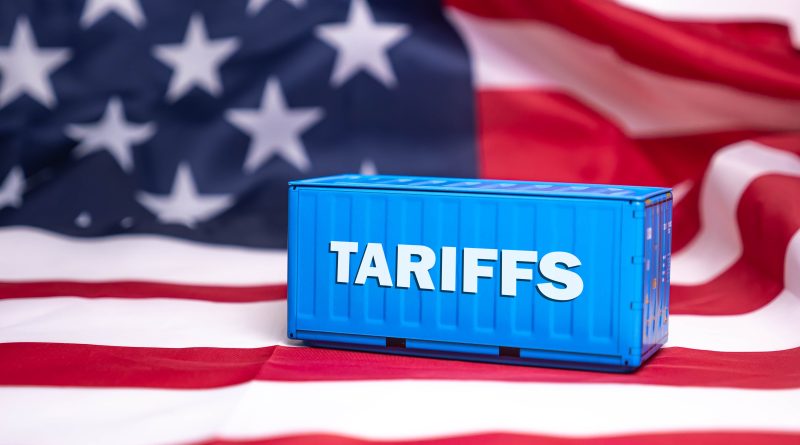Tariffs are Deepening the US Supply Chain Disruptions
Subscribe to our free newsletter today to keep up to date with the latest manufacturing news.
The decision to impose new tariffs on Chinese-made machinery is sending ripples through the US manufacturing sector. Intended to promote domestic production and counteract supply chain vulnerabilities, these tariffs have instead complicated the landscape for many companies.
As manufacturers attempt to reshore operations and rebuild industrial bases, the higher costs for essential machinery and components are undermining their progress. Firms that had already been investing heavily in expanding US-based production now face delayed projects and spiraling expenses, threatening to stall the momentum that policymakers hoped to accelerate.
Dependence on Chinese machinery and components
Despite ongoing trade tensions, the US remains heavily dependent on China for a wide array of machinery and industrial components. In 2024, China accounted for nearly 35 percent of US imports of manufacturing equipment, according to trade data from the Commerce Department. Items such as precision tools, automated production lines, and specialized parts for heavy machinery are often difficult or expensive to source elsewhere.
Many US manufacturers had assumed that critical industrial inputs could be domestically produced or easily re-sourced from allies. In reality, decades of offshoring and supply chain consolidation have hollowed out entire segments of American machinery manufacturing. The tariffs have exposed just how deep this dependency runs. Equipment orders now require longer lead times, involve higher costs, and in some cases, leave manufacturers without viable alternatives. For industries that operate on tight margins such as automotive parts, aerospace, and construction equipment, these disruptions pose existential risks.
Reshoring efforts and the complexities involved
Efforts to reshore manufacturing operations have been gaining political and corporate support. However, the latest tariffs introduce new hurdles. Companies hoping to establish or expand facilities in the United States often rely on competitively priced, reliable machinery to get operations up and running. When those inputs are either unavailable or substantially more expensive, project feasibility is called into question.
A survey by the National Association of Manufacturers found that 62 percent of firms cited “sourcing critical machinery” as a major barrier to reshoring in 2025. For example, firms specializing in semiconductor equipment, medical device manufacturing, and renewable energy infrastructure are particularly vulnerable. Some sectors have turned to European and Japanese suppliers, but even these alternatives involve higher costs and longer delivery times.
The tariff strategy, while well-intentioned, does not offer an immediate solution for replacing critical supply chains. Building new manufacturing capabilities in the US takes years and substantial investment. Until that gap is closed, US firms are forced to absorb higher costs or postpone growth plans, neither of which strengthens the industrial economy in the short term.
The future of US manufacturing hinges not solely on trade barriers but on strategic planning and capacity investment. The reality of today’s globalized economy is that reshoring cannot happen overnight, particularly when foundational industries like machinery manufacturing have been offshore for decades.
Building resilience means more than just reducing imports; it involves creating a competitive domestic ecosystem that can support the needs of modern manufacturers. That will require a thoughtful blend of tariffs, incentives, innovation investment, and international collaboration. In the coming years, how policymakers and industry leaders navigate this complex environment will determine whether the United States can achieve the manufacturing revival it seeks.
Sources:
